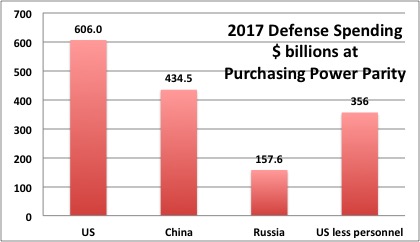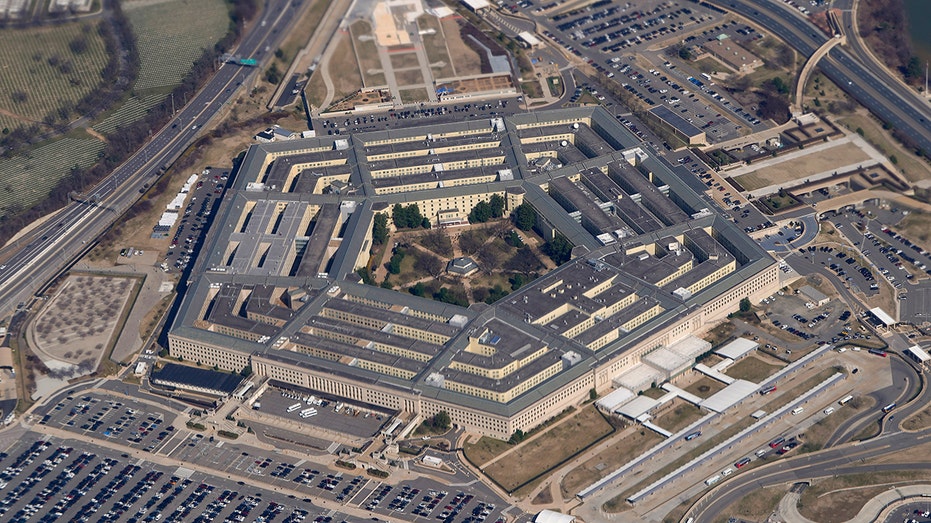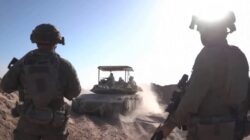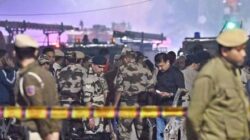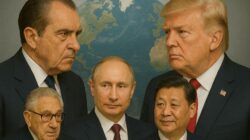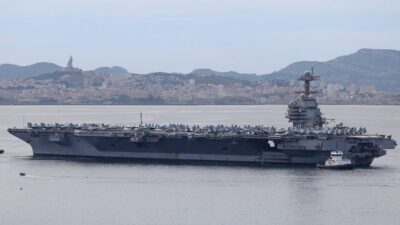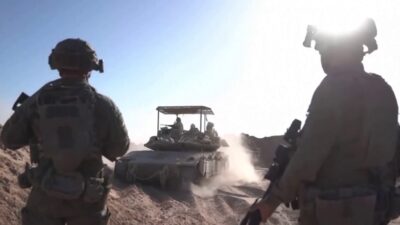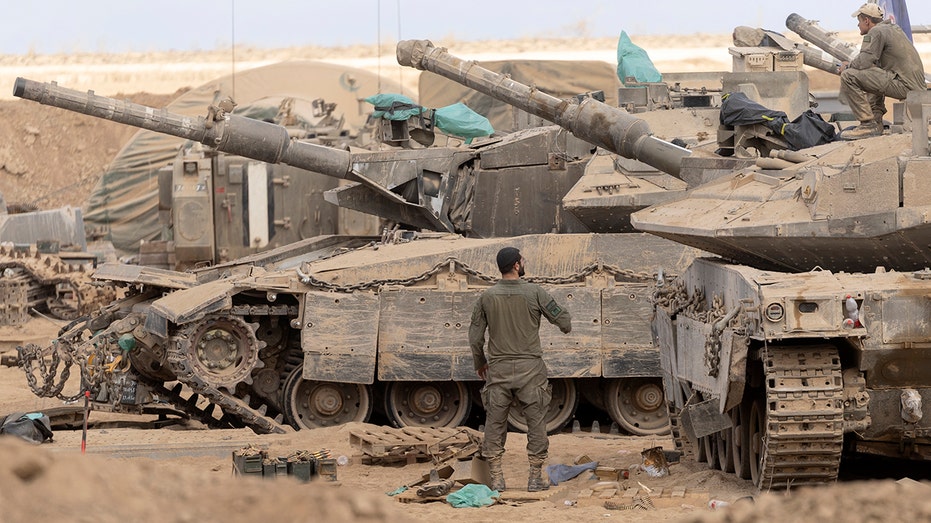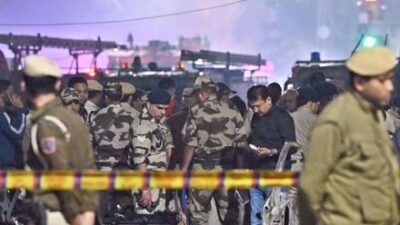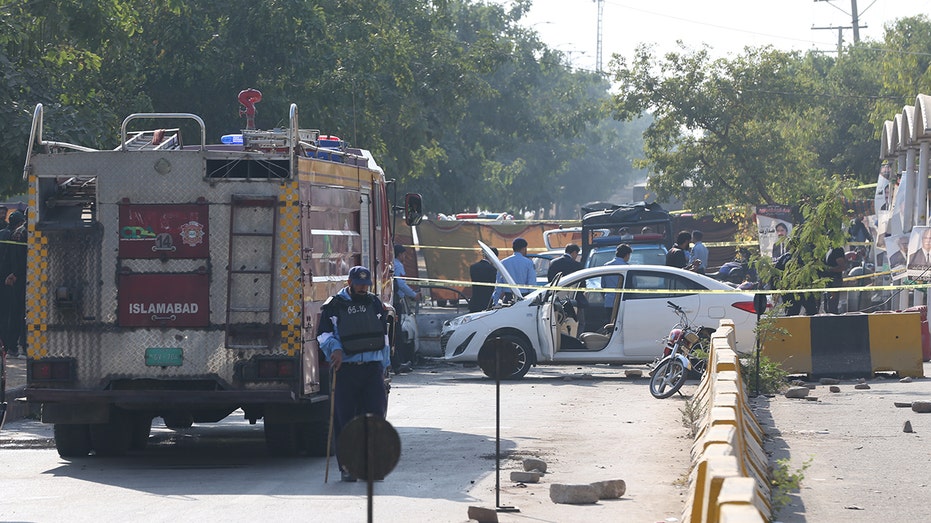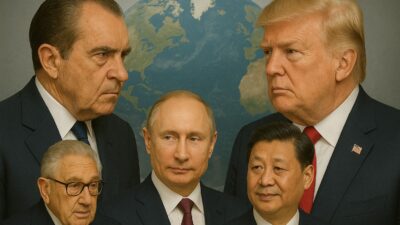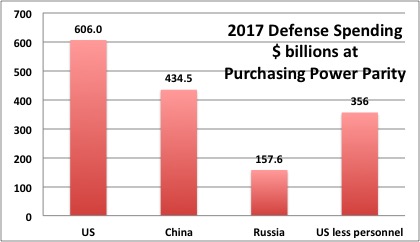
Significant Increase in U.S. Troop Levels in Syria as Pentagon Confirms New Data
In a surprising revelation, the Pentagon has disclosed that the number of U.S. troops deployed in Syria is approximately 2,000—more than double the previously reported figure of 900. This significant increase has raised eyebrows and questions about the ongoing military presence of U.S. forces in the region.
Updated Figures Amid Changing Conditions
During a press briefing on Thursday, Pentagon Press Secretary Brigadier General Patrick Ryder addressed the unexpected discrepancy in troop numbers. “We have consistently briefed you that about 900 U.S. troops are deployed in Syria,” Ryder stated, underscoring the confusion that has arisen around the official figures. “However, given the current situation and heightened interest surrounding Syria, we’ve recently discovered that the actual number is significantly higher.”
Ryder explained that he only became aware of the revised troop numbers on Thursday after reviewing deployment data. He characterized the additional forces as “temporary rotational forces” intended to meet evolving mission requirements, while the original 900 troops constitute the core, long-term deployments.
“As you know, troop numbers often fluctuate due to operational needs,” Ryder added. “Still, given the significant increase, I wanted to share this information immediately after learning about it.”
Geopolitical Context: The Fall of Assad
The Pentagon’s announcement comes at a time of intensified focus on U.S. operations in Syria, particularly following the unexpected departure of Syrian President Bashar al-Assad, who fled to Russia earlier this month. Assad’s exit marks the end of his nearly 14-year rule and has resulted in a dramatic shift in the dynamics within Syria, where U.S. forces have been instrumental in the fight against ISIS and efforts to stabilize the region.
The news of troop increases has not gone unnoticed. Fox News correspondent Jennifer Griffin questioned Ryder on the timeline surrounding the discrepancy, indicating that this adjustment represents a significant revelation for those following U.S. military involvement in Syria closely. “This is more than double the number of troops we’ve been told for quite some time,” Griffin remarked, pressing for clarity. “Has this been happening for months? Years? Can you clarify the time frame?”
Ryder’s response indicated that this situation had been developing for at least several months, but he promised to verify and provide a more detailed timeline. “At a minimum, we’re looking at months, but I’ll have to go back and verify. It has been going on for a while.”
Intensified Turkish Military Actions
The updated troop numbers come at a critical juncture as Turkish military operations against U.S.-allied Syrian Democratic Forces (SDF) ramp up, presenting new challenges for regional stability. The SDF, which has been a key ally in the fight against ISIS, is now facing increased assaults from Turkey, which regards the Kurdish forces within the SDF as a terrorist threat.
General Mazloum Abdi, the SDF Commander, expressed serious concerns about the ongoing Turkish offensives. Abdi warned that the strain on their forces could jeopardize the management of ISIS prisons and camps, raising fears of a potential resurgence of ISIS if monitoring and control weaken. “All of the prisons remain under our control,” Abdi noted in an earlier interview. “But the situation is critical. Guards are leaving to protect their families.”
He went on to detail specific vulnerabilities, particularly the Raqqa prison, which houses approximately 1,000 former ISIS fighters. Ominously, he revealed that the facility is now only operating with about half of its previous guard force.
Shifting Alliances and Ramifications
With the U.S. now rectifying the troop levels in Syria from 900 to nearly 2,000, the implications for regional security could be far-reaching, particularly if allied Kurdish fighters are compelled to retreat under Turkish pressure. As the geopolitical landscape shifts, the U.S. finds itself at a crossroads, needing to navigate alliances carefully amidst rising tensions.
The Turkish government, emboldened by Assad’s departure, has intensified its strikes against the SDF, signaling its desire to eliminate what it perceives as a threat on its southern border. As the situation deteriorates, the consequences of these military operations may unfold dramatically, particularly if they compromise U.S. operations aimed at combating ISIS and fostering stability.
International Concern and Perspectives
The Pentagon’s announcement and the surrounding developments have attracted heightened scrutiny from both national and international observers. In light of the potential resurgence of ISIS, key allies have issued warnings against any form of instability across the region. The broader implications of these shifting alliances and increased military engagements will undoubtedly require ongoing assessment from international stakeholders.
As of now, the U.S. remains committed to supporting its allies while assessing the evolving situation in Syria. With the potential for a power vacuum to occur in the wake of Assad’s departure, the focus will likely remain on how this affects not only U.S. military strategy but also the trajectory of regional dynamics moving forward.
Conclusion: The Road Ahead
The revelation of increased troop levels in Syria marks a crucial moment in U.S. military operations amid a swiftly changing geopolitical landscape. With President Assad’s fall leading to new complexities, the coming months will be pivotal in determining the future of both U.S. involvement in Syria and the stability of the region as a whole.
As the Pentagon continues to assess its role in Syria, close monitoring of troop deployments and ongoing operations against ISIS will be essential. With allied Kurdish forces facing threats from Turkish military actions, the ramifications of these evolving dynamics could echo throughout the region for years to come.

